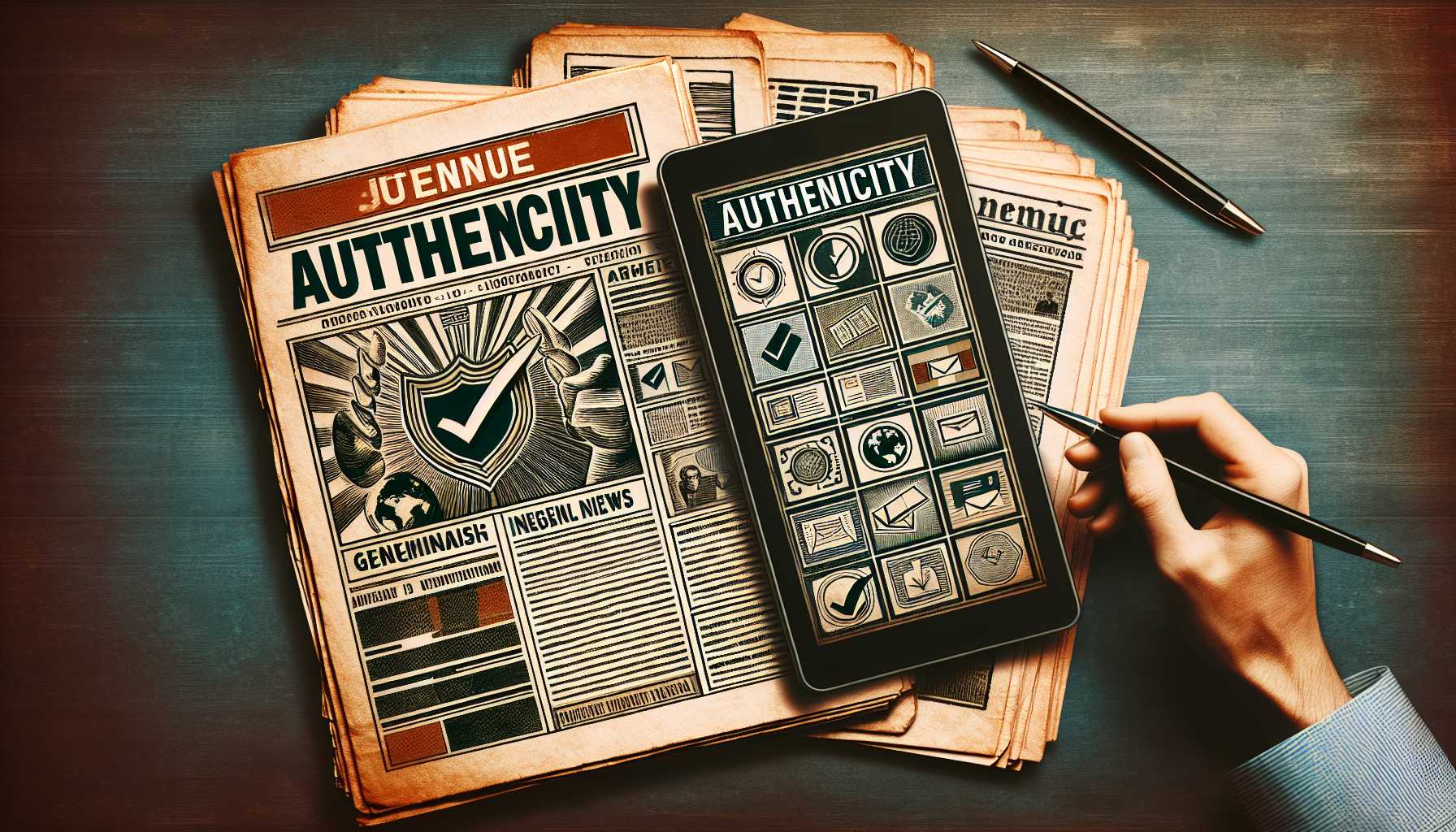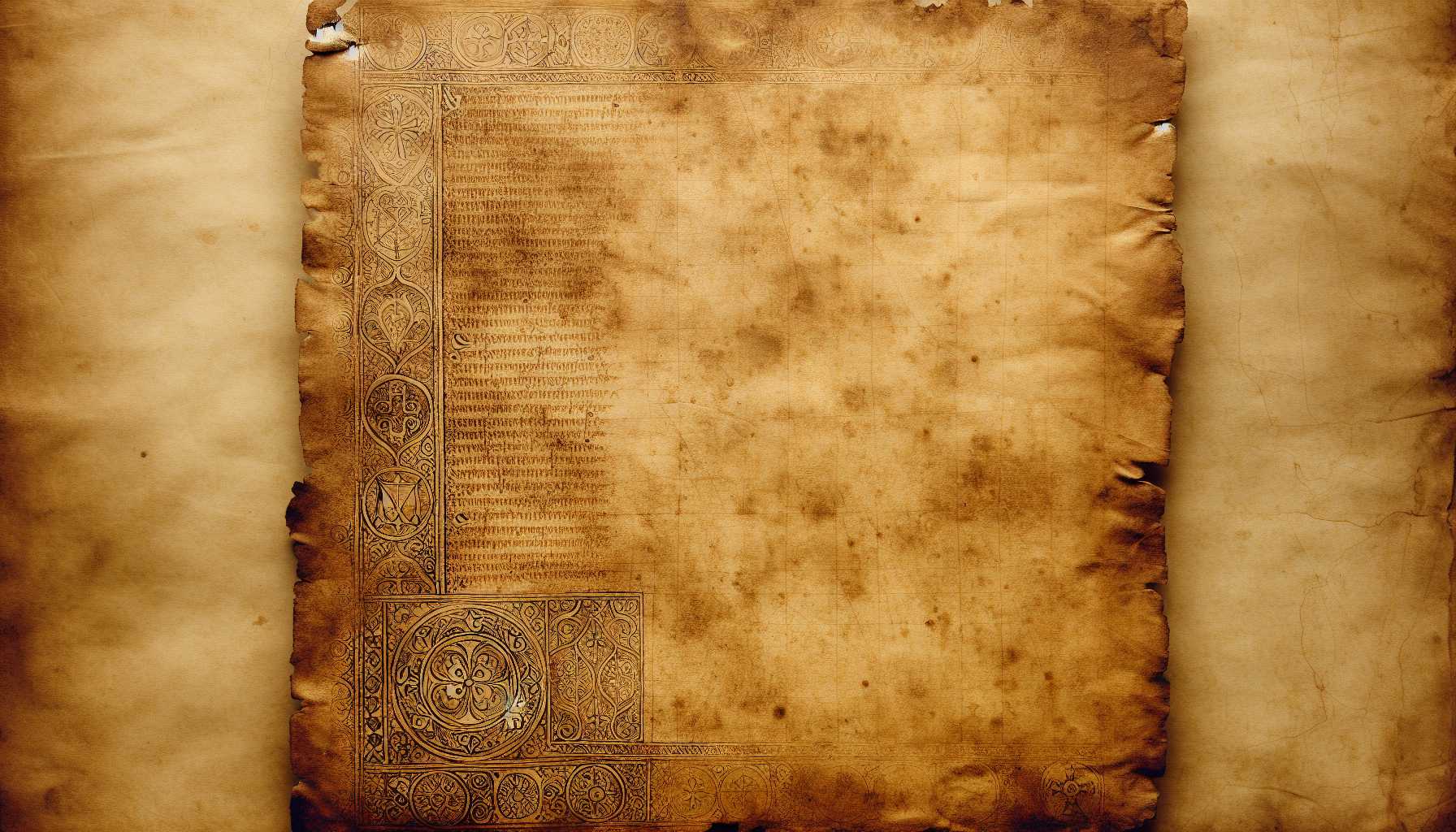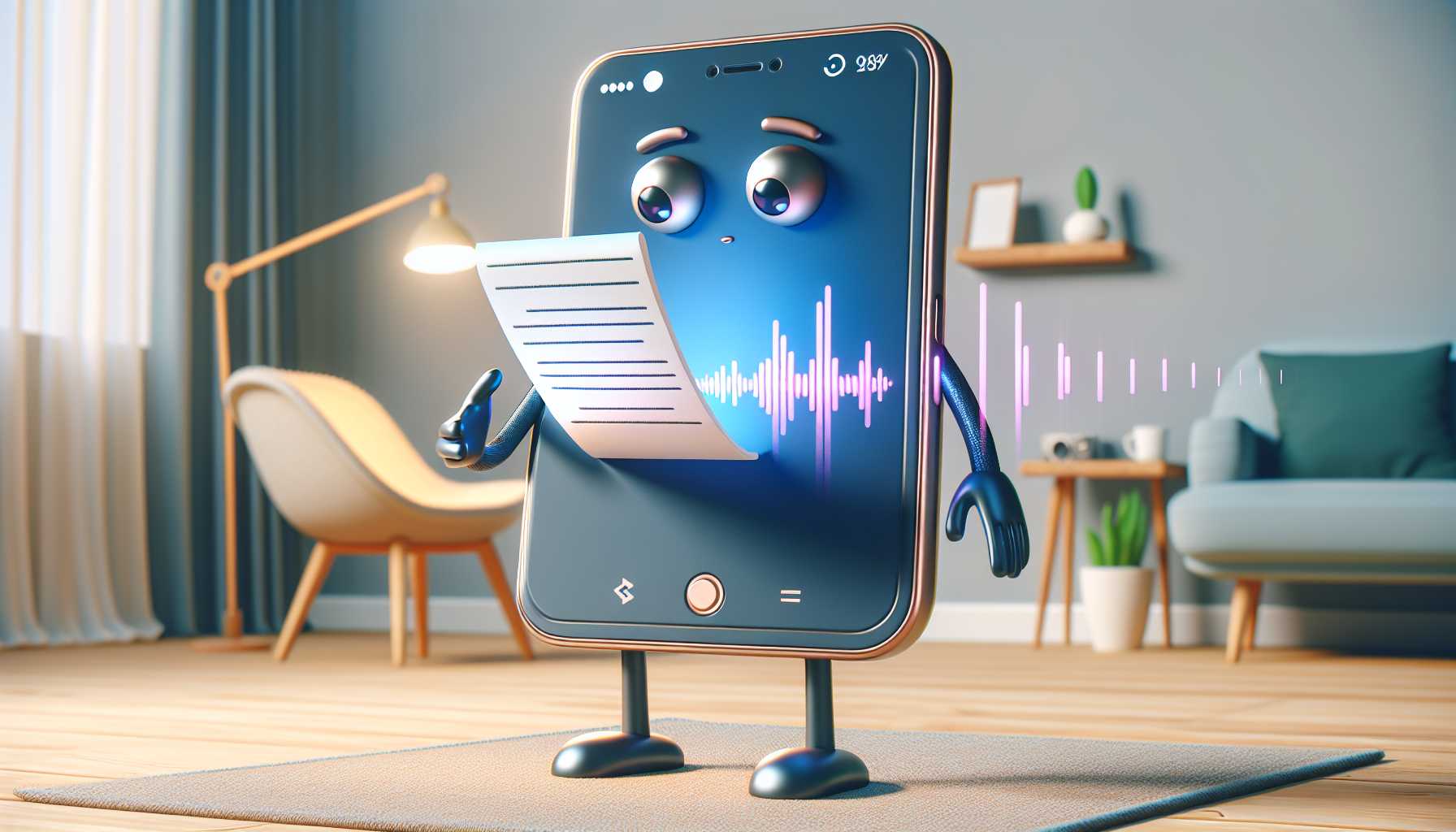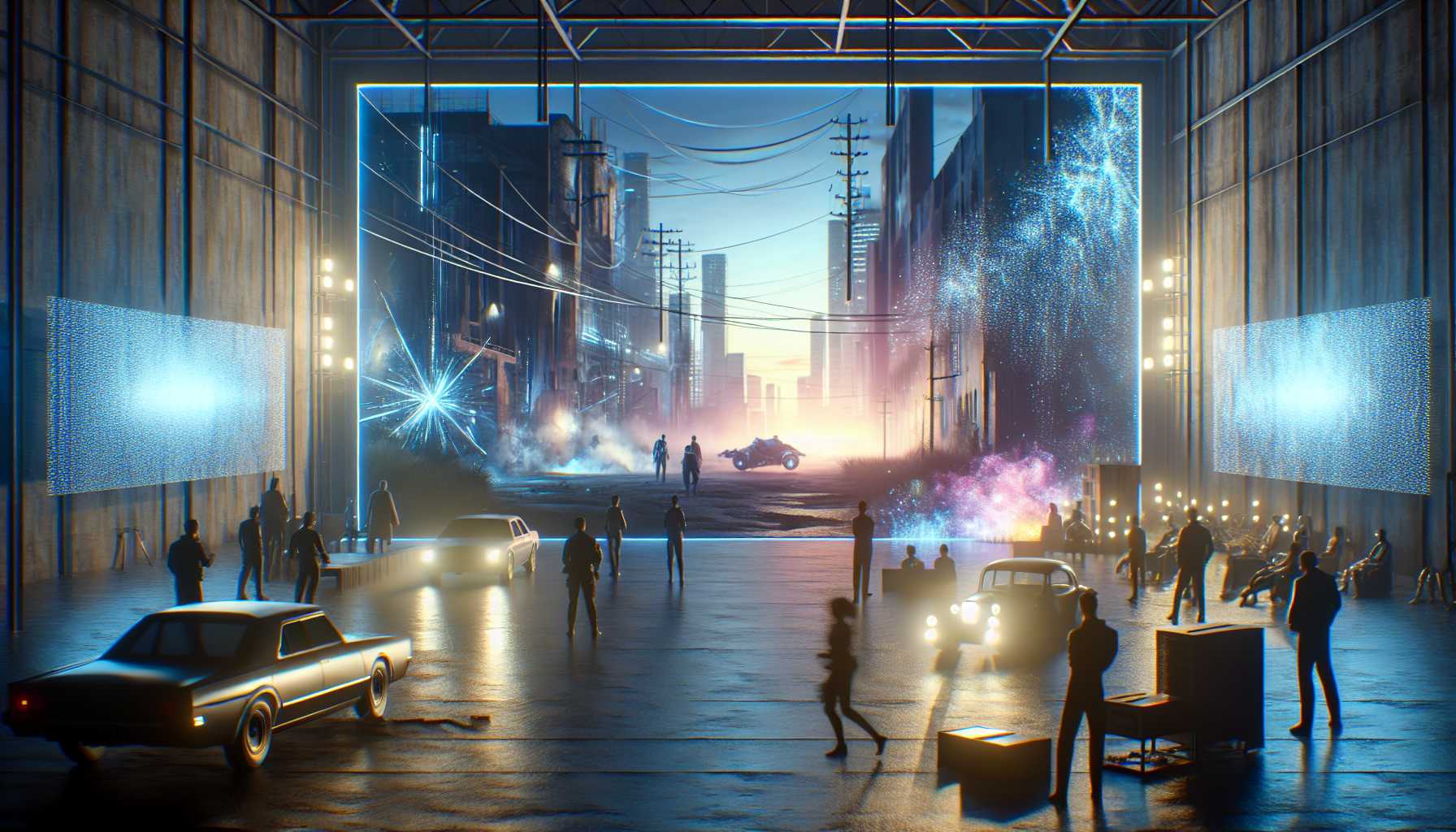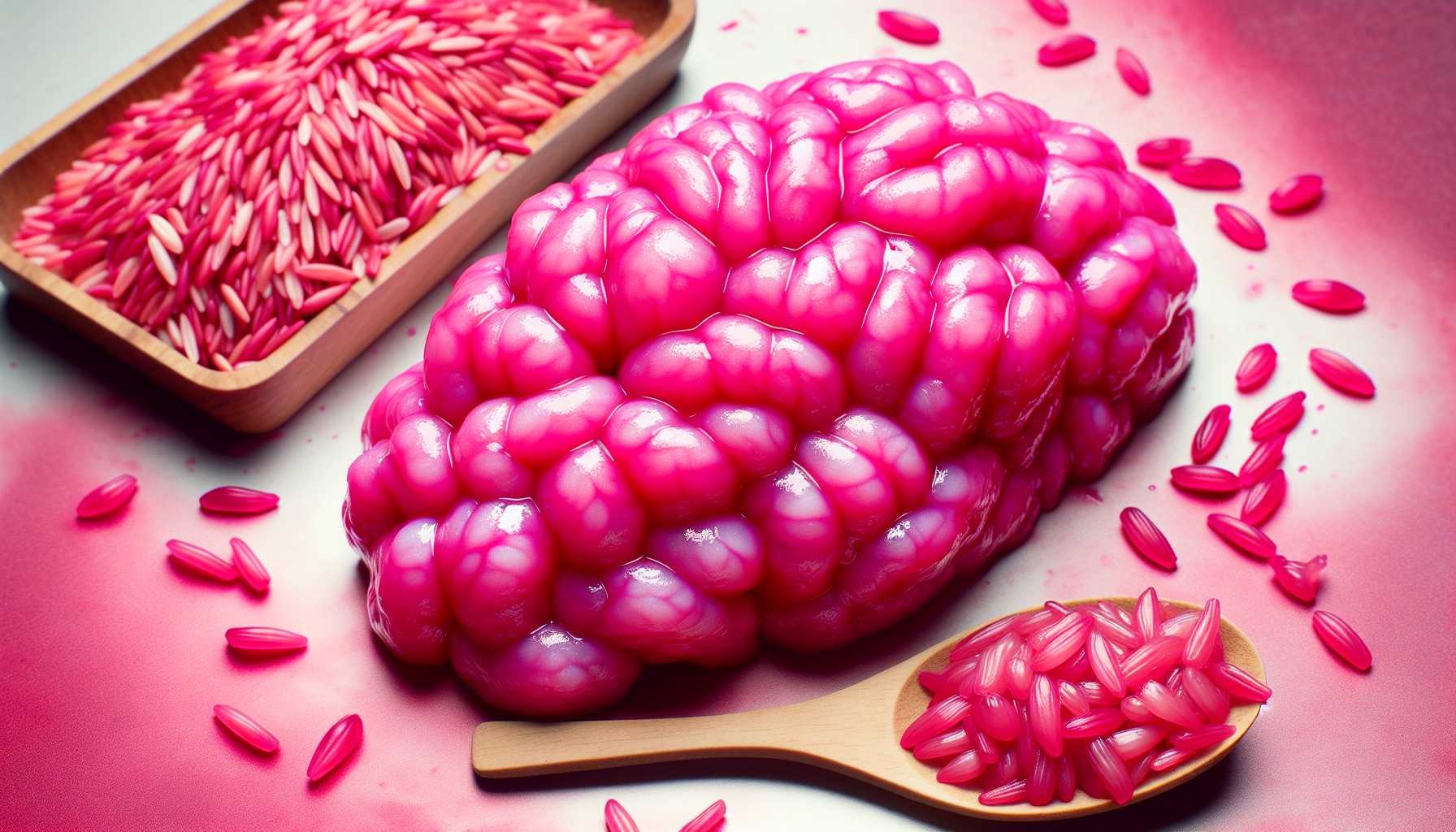The Deepfake Dilemma: Can Digital Watermarks Keep Us True?
Once upon a recent internet minute, the realm buzzed with a video of Elizabeth Warren uttering declarations she never made. Conjuring likenesses and voices from digital nothingness, generative AI had cast its spell-wide and deep, morphing pixels and audio waves into disconcerting deepfakes. This online sorcery, reminiscent of a cyber Salem witch trial, sent a tremor through our digitized sense of reality.
On a well-intentioned quest to combat such technomancy, the Biden administration, with the wave of an executive order, prescribed digital watermarks as the antidote. These discrete digital signatures, imprinted deep within our memes, images, and videos, aim to scream “authenticity” in a realm where seeing no longer equals believing. Emblazoning content with AI’s mark, like the medieval monks’ watermarks on parchment, is tech’s contemporary crucible: to purge falsity from the floods of virtual creativity.
However, watermarks on digital tapestries face the Photoshop warriors, who contrary to the King’s decree, can strip these marks with a digital blade, leaving truth naked once more. Adobe and Microsoft, the tech juggernauts of the Coalition for Content Provenance and Authenticity (C2PA), are heralding the Content Credentials banner, embedding provenance into the very soul of digital creation. Yet, will this assure the digital audience, long before swayed by deepfake wizardry, to peer behind the curtain of creative provenance? Can it foster an Holmesian inference in the average Joe, or is it but a façade, hoping that the scent of authenticity can overpower the internet’s smoke and mirrors?
The Old Guard of Web Order: Robots.txt and its AI Conundrum
Leaping from the halls of watermarking to another web enigma—the humble robots.txt, that sacred text which has for decades whispered rules to the digital seafarers, mapping out territories to index, to archive, or to bypass. This, the mini constitution of our web domain, is a gentleman’s agreement, a courtly dance of mutual respect among internet pioneers. But lady AI, with her insatiable hunger for data, has sullied this dance. She feeds off web pages to create machine monologues, to tell new tales, all while paying no heed to those she learned from. The code of the web, “just be cool,” seems frail when faced with the economic juggernaut that is AI, rapidly redrafting the rules of the game.
From the benevolent indexer Googlebot to the less-scrupulous data harvesters, the purpose and boundaries of web crawlers have mutated. The AI age towers over, brandishing new queries: are we but well-trodden pathways for data-deity training, or will we gatekeep our digital dignity? The robots.txt handshake, once enough to tether tech giants, now trembles at the prospect of the boundless data-driven AI ambitions.
Clubhouse Morphs Voices: Texting Without Typing
Now, shuffle into the Clubhouse, the once-exclusive party now catering to dwindling patrons. In desperation, it has crafted a new masquerade: texts that transcend their typed form, morphing into your very voice, carving new “ears” into the chatter. Here you can whisper to the void, and your avatar croons back, delivering your worded melodies. It’s an AI-infused serenade, a nod to the age-old yearning for connection, yet detached from the nuances of human expression—for AI is yet to chuckle genuinely at your jokes. Clubhouse’s attempt to revive its lost luster begs the question, can innovation echoing real-life intimacy retain the fleeing? Or is this just another eerie echo in the chamber of fleeting tech novelties that could hardly grip our ever-fluctuating attention?
Sora: OpenAI’s Cinematic Dream Weaver in Beta
Just as the curtain falls in one corner, a spotlight hits OpenAI’s stage with Sora, the cinematic oracle poised to transmute scripts into high-definition, minute-long visual elegies—no scrappy previews or trailers, but full-fledged digital cinema. In OpenAI’s fairy tale, Sora is the magic AI that might craft a thousand tales from a simple text-prompt whisper. As the virtual reel rolls from short and fluffy monsters to paper-crafted coral reefs, a story unfolds not just within the frames but hints towards a narrative revolution. Such mastery over cinematic language emerges not from dramaturgy lectures, but from the wellsprings of AI pattern weaving.
Despite the enchantment, a caution hangs heavy as the potential for deceit through deepfake flickers faintly in Sora’s shadow. Are we prepared to sip from this chalice, knowing full well the elixir could morph truth into its sinister twin? OpenAI wields its blade of due diligence before unleashing its new creation, ensuring safety protocols shadow Sora’s artistic chariot.
Final Mystery Dish: Hybrid Rice as Future Food
We depart from the theater of AI to the land of genuine curiosities, where South Korean gastronauts blend nature’s bounty, implanting muscle and fat cells of bovines into humble rice grains. Straddling the fence between flora and fauna, this neon pink delicacy whispers of a future where sushi meets Frankenstein in a low-carbon, protein-packed ballad. The aspiration: a cheaper, sustainable protein source, with taste testers attesting to its authenticity of “beef sushi” flavor. Yet for all its scientific splendor, the aesthetic plea—could we have this in any other color—still lingers on the taste buds of the curious.
In our tech odyssey from deception to nourishment, we traverse AI’s cornucopia—deepfakes, web order, auditory illusions, cinematic tales, and even the future of food. As product managers dance the fine line between innovation and authenticity, watermarks and ethical codes, the veiled soul of the internet awaits its definitive dawn.

